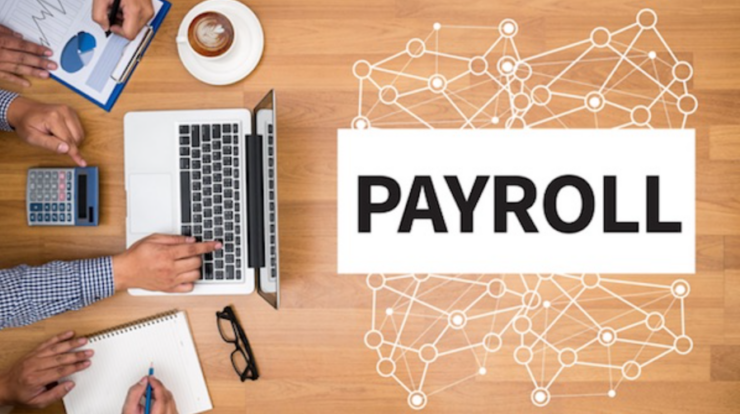
Compliance training is no longer a check-the-box effort. It must be informative and beneficial so that employees are motivated to complete it.
No matter the type of business, compliance with rules and regulations is essential, so the need for compliance training for employees cannot be understated.
Historically, businesses have communicated requirements to their employees using outdated and, for the most part, ineffective techniques. But there are now countless ways to increase the impact of compliance training.
One of them is using a strong LMS that can provide reliable uniformity in the presentation of Compliance Training material. The management of the compliance experience is improved and made simpler by an LMS. Additionally, it expands the program’s audience to a workforce that can be based anywhere in the world. We’ll go in-depth to know more about ten suggestions for how companies can manage compliance training with the help of an LMS in 2022.
- Use LMS as your go-to resource for everything.
Records of each employee’s compliance training are essential for future reference. However, businesses with spread workforces in several places may find it challenging to manage this enormous amount of data.
A learning management system (LMS) is a storehouse that stores training records, competencies, certificates, and other information that can be retrieved whenever necessary. It functions similarly to a centralized data storage system, providing an overview of each employee’s present status, past performance, and upcoming compliance training schedules.
Since it allows your employees the freedom to access the training at any time and from any location, it is significantly beneficial for compliance training. A responsive LMS allows users to switch between several LMSs and continue learning on different devices.
- Use mobile learning to achieve seamless compliance
Employees are more likely to finish the training if they may start it on their office computers, continue it on their smartphones while they wait for a dinner meeting, and finish it on their journey to work. The ability to complete the training whenever is advantageous and promotes them to complete the training, thus leading to their growth
- Use a Wide Range of Multimedia
Since everyone learns at a different pace, there is no such thing as a compliance learning solution that is suitable for everyone. The learning requirements of individual employees must be considered, especially in light of the importance of the subject and its potential effects on the business.
One way is by incorporating various forms of multimedia into the training to meet the requirements of all learners, whether they are optical, auditory, or kinesthetic. Learning tools featuring engaging images, audio clips, and interactivity, such as educational videos, Ebooks, PPTs, Movies, Infographics, etc., break up the training course’s repetition.
- Recognize your learners’ needs
Your employees’ acquisition of learning materials is only half the battle won. Evaluating how well they comprehend the instruction and topic matter is important. The assignment of reading the material to the learners is made easier by an LMS with excellent assessment capabilities.
- Establish it as a two-way street
Instead of relying solely on one-way communication, an interactive training program is beneficial. Internet polls, questionnaires, and surveys allow learners to share their thoughts and address any issues they may have. The data can be swiftly compiled, patterns can be found, and problem areas can be identified.
Surveys and polls offer valuable insight into employees’ perspectives and the chance to pinpoint the advantages and disadvantages of the existing training plan.
- Track & Report.
Business intelligence is ultimately necessary for L&D teams to make better decisions. The monitoring and reporting capabilities of an LMS are an added benefit. Reporting is made much easier with an LMS because it allows you to track and monitor employees’ performance. This information can be transformed into informative information to create improved L&D plans and streamline procedures.
- Make an effort to make training “inclusive”
During the pandemic, the value of social interaction has become more apparent. Employees need more social interactions to combat the isolation of remote work. Compliance Training programs benefit from collaborative learning since it enables teamwork and allows for social interaction to enhance learning.
Many social media platforms encourage collaboration, enabling users to improve their teamwork abilities. Users themselves continuously update the content without needing pricey expert input.
- Assist Learners in Renewing Training
You just cannot rely solely on learners’ memory when it comes to a topic like compliance! Employees may occasionally need to retake a training program after a certain time to maintain employment. Sending reminders to learners to return and recertify on time is possible with an LMS. By using automated reminders rather than manual notifications from involved departments, employees can stay updated.
Not only is the ability to send notifications and reminders useful for retaking courses, but it also helps learners stay on top of commitments.
- Put a priority on “Hour of Need” Learning
According to certain experts, businesses provide their staff with limited time off for training. Therefore, it is crucial to make use of this limited time and provide learners with the specific instruction they want to perform their duties more effectively when needed.
This need-based approach to compliance training is possible, particularly when an employee is struggling with a problem that only compliance might fix.
- Keep them “Compliant” with compliance training
A reliable LMS is imperative if a firm works in a regulated sector or in any other situation where safety is a top priority. Installing an LMS is a simple approach to guarantee that workers remain compliant at all times. The growth path for each position in the organization can be outlined by managers, providing employees with a clear idea of what is needed and how frequently they must attend re-training sessions to maintain compliance.
Bottom Line
The easiest and simplest way to manage compliance training is through an LMS. It can not only make training simpler to administer and track, but it can also communicate the information in an engaging way that results in systemic change.



